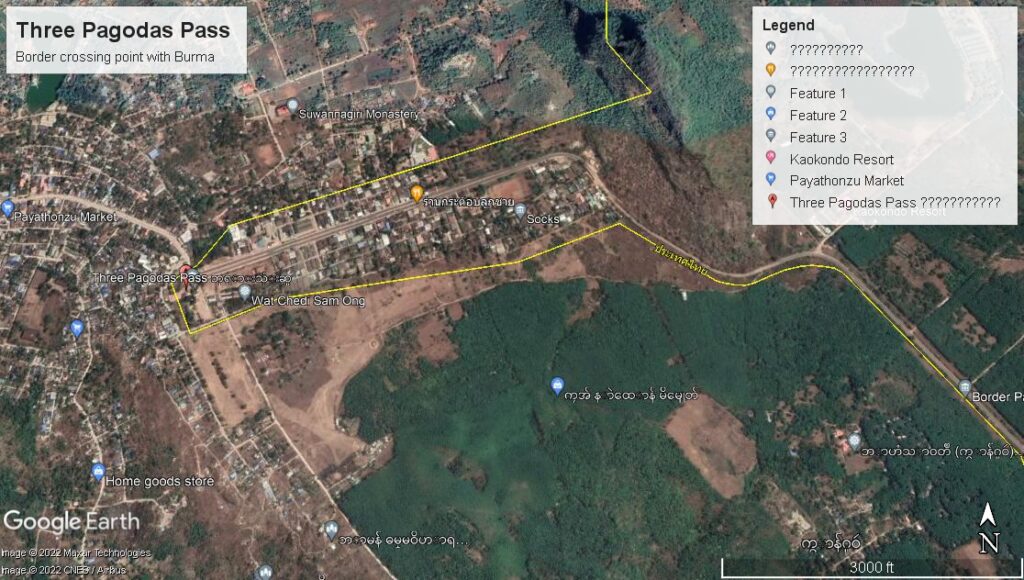Although the two sections of the Railway actually came together on the 17th, on 25 OCT 43, a completion ceremony was held at the Konkoita camp area. The HQ staff traveled from Nang Pladuk and Kanchanaburi aboard a train pulled by Locomotive C5631.
A specially-made copper (not gold) spike was ceremoniously driven by the Commanding General.
The Japanese were so proud of their accomplishment of this project that post-war they re-patriated that Japanese-made locomotive and have enshrined it at the Yasukuni War Memorial
Today that area is under the waters of the reservoir of the Khao Laem Dam on the Kwae Noi River.
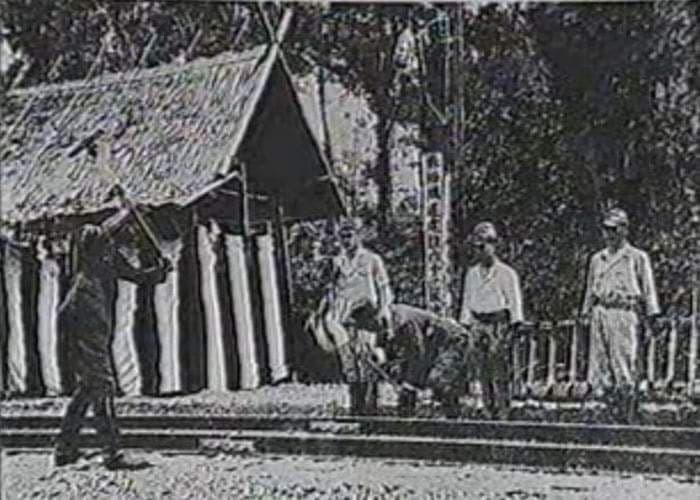
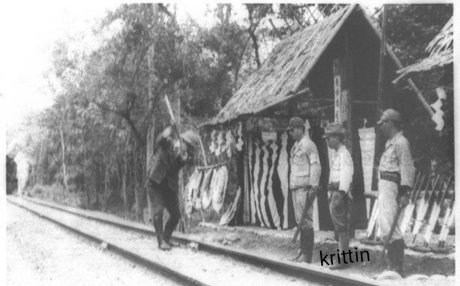
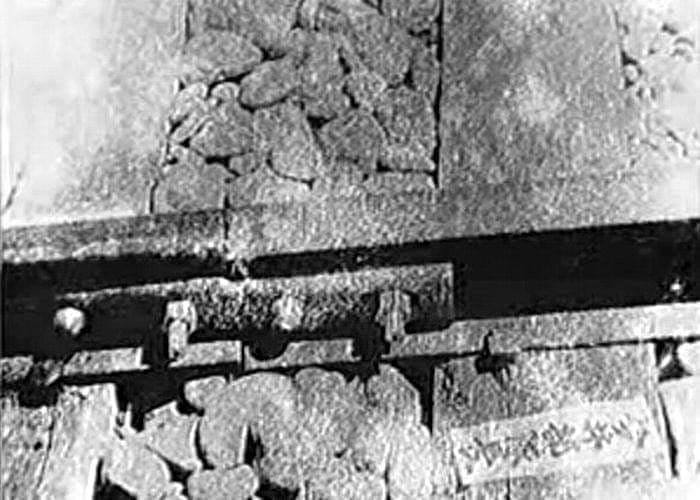
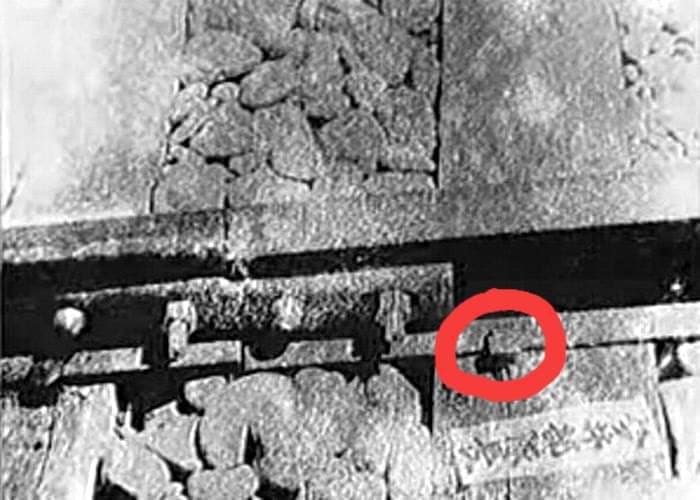
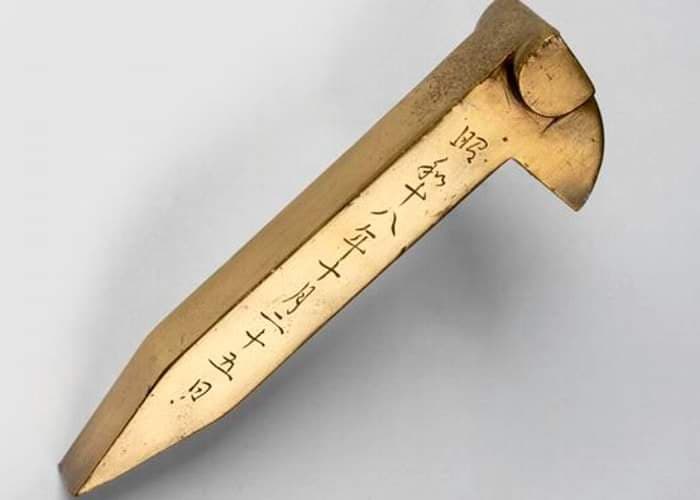
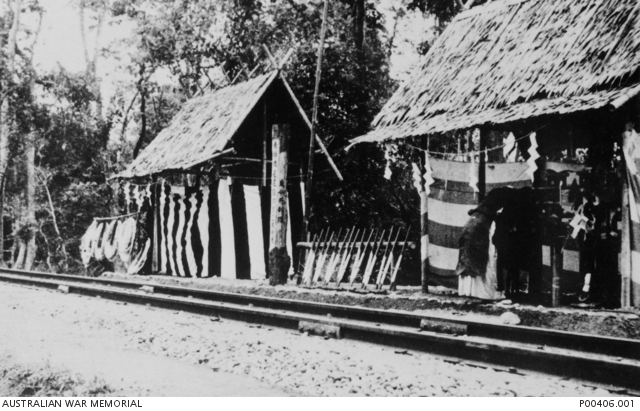
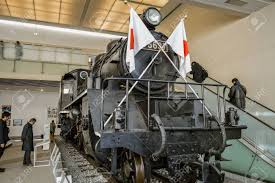
According to survivor accounts, some British POWs were brought over from a nearby camp. They were allowed to clean-up and were issued new uniforms. After being paraded in front of the cameras, the uniforms were re-claimed and the POWs sent back.
One POW relates that the Commanding General was unable to actually drive the spike. A POW was summoned to sink it and then the CG took one final swing of the hammer for the cameras!
https://en.wikipedia.org/wiki/C56_31
At the time of the joining, a coin was struck and handed out to the senior engineers. Apparently, less than 10 survive today.
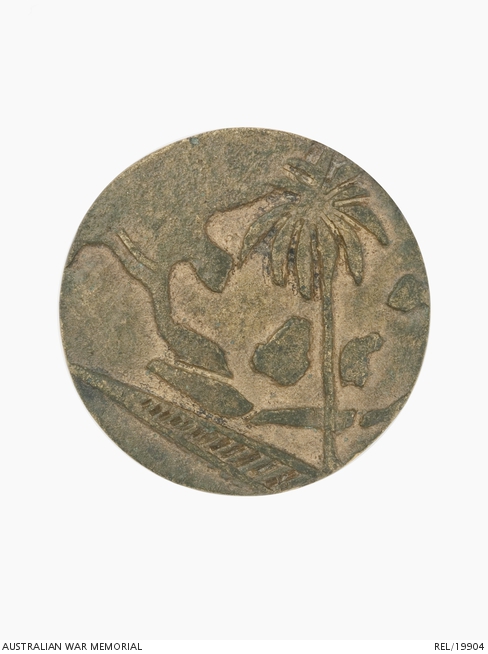
Posted to FACEBOOK in Thai language, 17 OCT 2021 by Thansawath Saranyathadawong:
On October 17, 1943, railways built from Thailand and Burma converge at an area known as Kaeng Khoi Tha [aka Konkoita, or Kering Guaida] at km 262. A wooden pole written in Japanese was erected with the message that this was the Thai-Myanmar railway connection point.
There was a ceremony of bringing the rails to be connected by soldiers from the 1st Battalion, 5th Railway Regiment, dressed in full armor and aided by Asian laborers, placed the rails of the Burmese side on the prepared sleepers. As for the soldiers from the 2nd Brigade, 9th Railway Regiment and the western [Allied] prisoners of war, most of them dressed comfortably for the job, many without shirts, put the Thai railroad tracks. Use a steel bar to hold the rails on both sides. The two units completed the last 200 m of railroad. (Only the last rail fastening rivet left. in an official ceremony on October 25, 1943) Colonel Itaru Imai, commander of the 9th Railway Regiment, and Colonel Sasaki Manosuke, commander of the 5th Railway Regiment, reported to Major General Ishida Eguma, commander of the road construction commission that the railway has been completed. The Japanese soldiers joined in shouting the word ‘bansai’,
The official inauguration ceremony took place eight days after the event, on October 25, 1943, as some parts of the railway, including the bridge, had to be strengthened to allow the first steam locomotive to run across them.
[edited for grammar]
Images courtesy of Serge Vaillet.
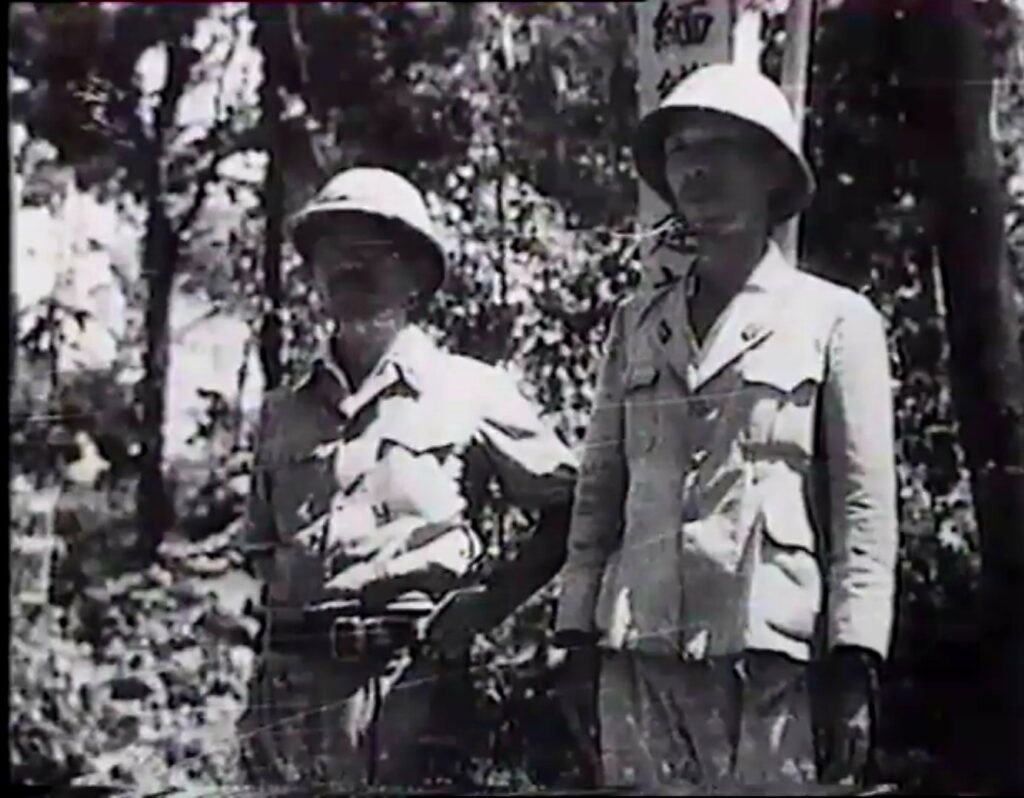
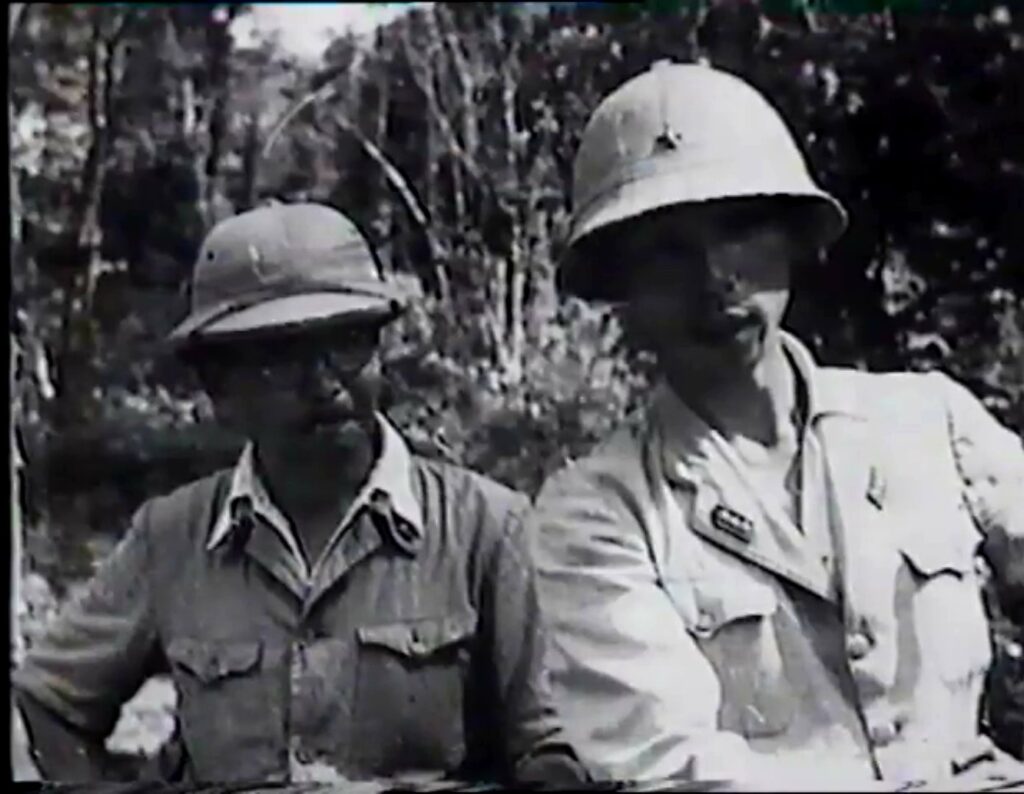
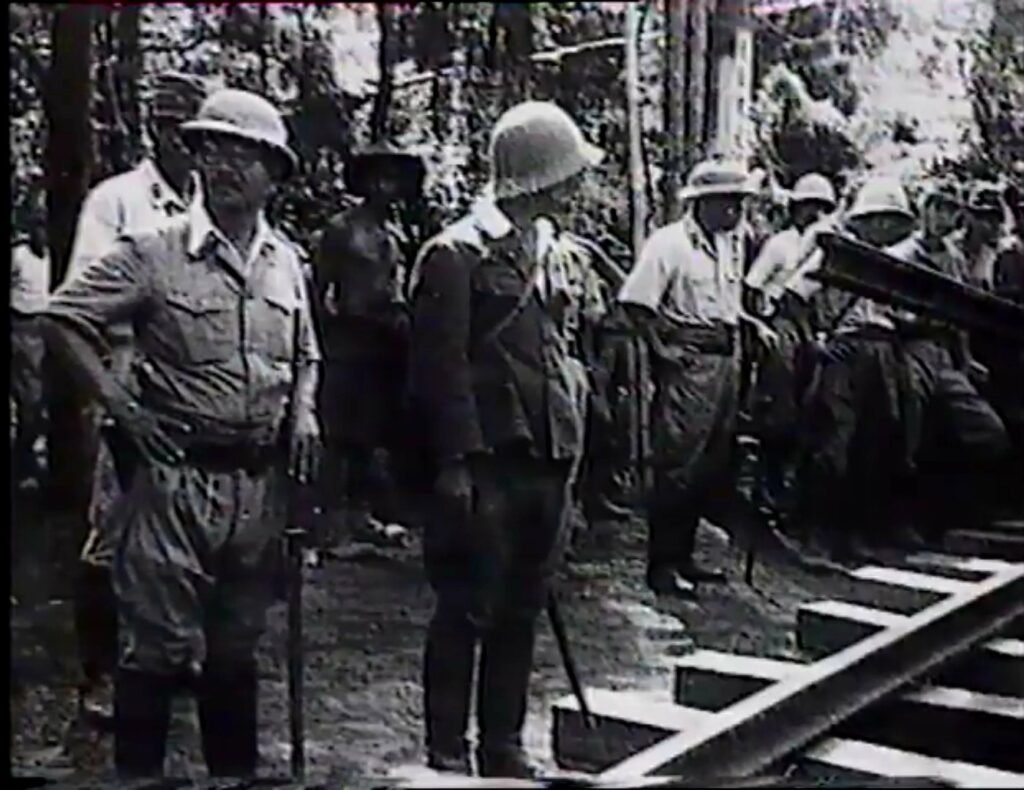
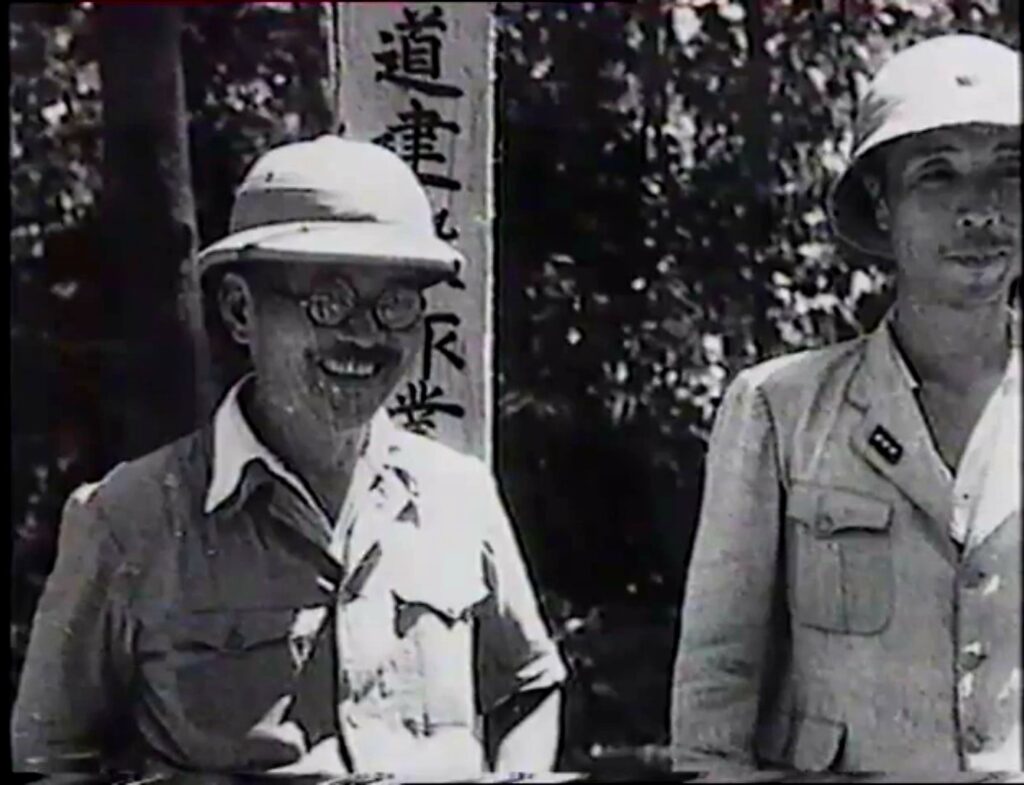
As opposed to the shrine in Kanchanaburi, this plaque erected at Konkoita is not as specific as to whom it memorializes.
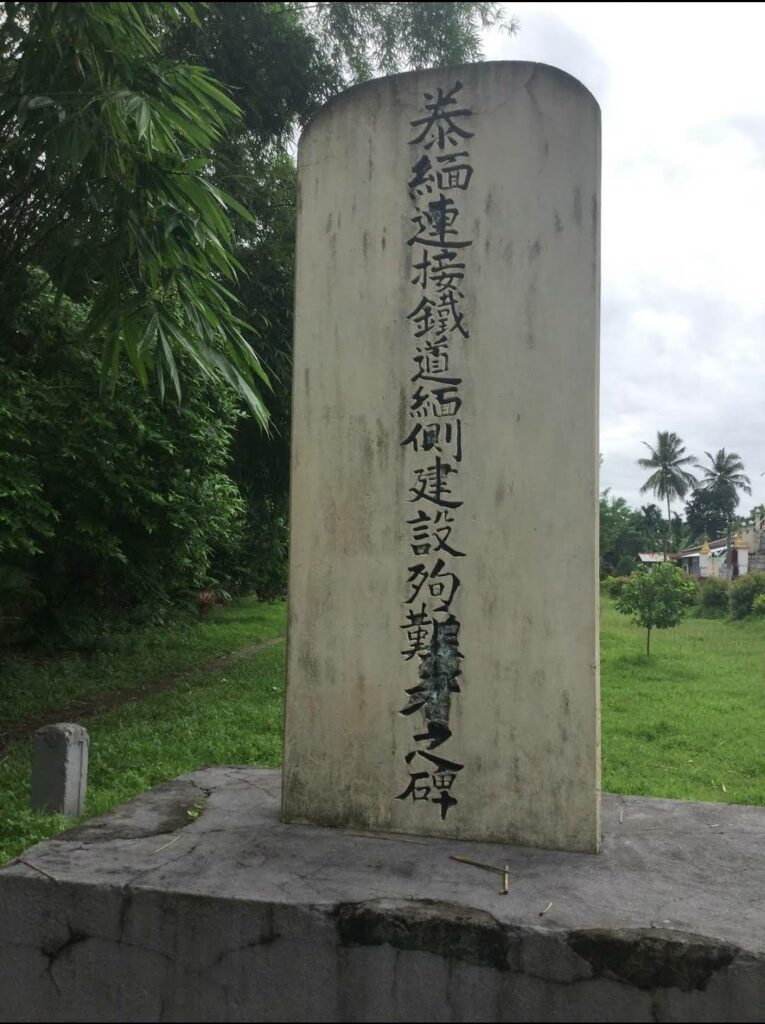
The translation is: “A Memorial to Those Who Perished Working on the Burmese Side of the Thai-Burma Connecting Railway”
The Vajiralongkorn Dam เขื่อนวชิราลงกรณ was completed in 1984. When the reservoir was filled it flooded roughly 50 Kms of the TBR in the Thai highlands to include the Mon village at Sangklaburi. The Konkoita meeting point is now submerged under dozens of meters of water. The above marker was moved to prevent its loss.
I find it quite interesting when one looks at the GOOGLE EARTH satellite projection of the Three Pagodas Pass area how there is a finger of Thai territory that projects into Burma that allows the pagodas themselves to be on Thai soil.
